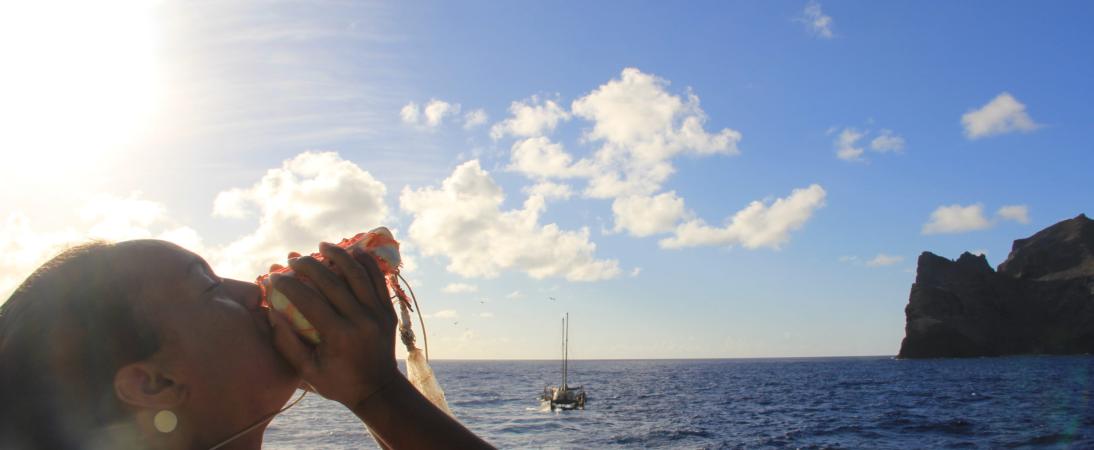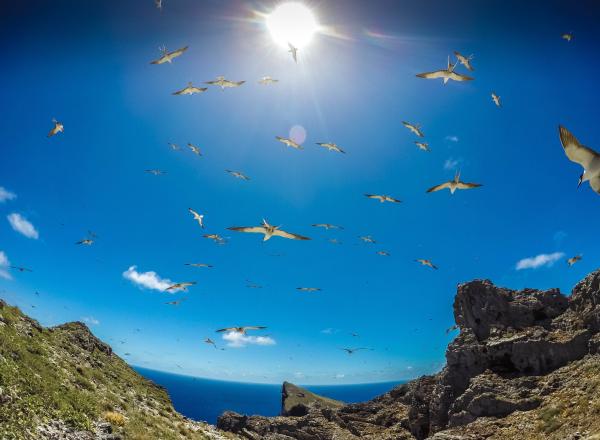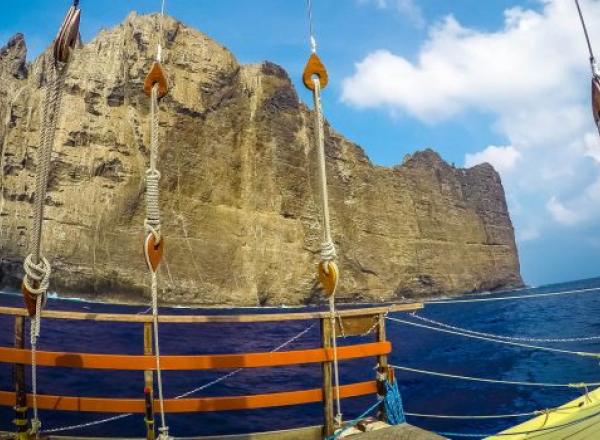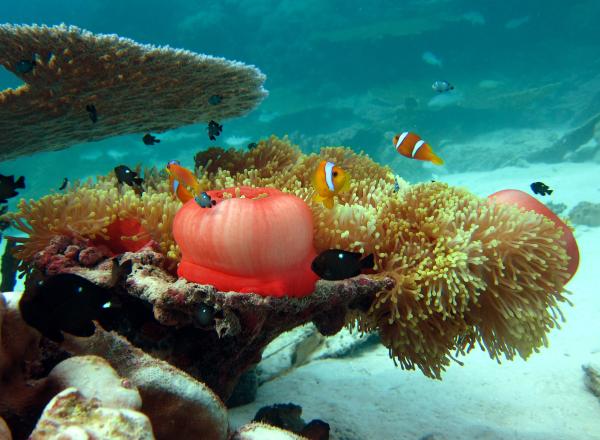Innovations

Big Ocean Managers
A peer-learning network created “by managers for managers” of large-scale marine areas
Big Ocean is a peer-learning network created “by managers for managers” of large-scale marine areas. Since its inception in 2010, Big Ocean has grown from six to 17 member areas of new or existing Marine Protected Areas (MPAs), supporting these members in growing the field of large-scale MPAs. They work to develop and enhance professional standards of practice to encourage the long-term, effective management of our global oceans. While not necessarily advocating for the creation of MPAs, Big Ocean encourages the management of the entire marine domain, by providing everything from on the ground management and inter-agency coordination to sustainable financing, public education, and outreach. New and emerging LSMPAs do not need to be members to engage with Big Ocean, as the network’s main focus is growing the field through best-practice.
As an organization, Big Ocean aims to:
- Provide a network and forum for communication for managers of large-scale MPAs.
- Understand the unique ecological, cultural, economic and social values of large-scale MPAs.
- Improve the protection of our world’s oceans by creating a community of managers sharing resources and working together.
- Share the findings of network’s efforts to encourage peer-to-peer learning and exchange.
The problem
The United Nations set an ambitious target of protecting 30% of our oceans under highly managed marine protected areas (MPAs) by 2030. Today, experts estimate we have protected less than 2% of our global oceans. As technology both improves management capabilities and increases pressure on the ocean, governments around the world are in need of expertise and support in developing additional tools and resources for new and existing MPAs.
The solution
Big Ocean was created in 2010 as a network of ocean managers in order to encourage peer learning, share resources, and provide training to better protect our shared oceans. They encourage management and best practices in new and existing protected areas, by providing on the ground support to actors interested in creating new MPAs or in need of additional resources to expand and maintain current MPAs.
How it Works
Big Ocean works at a variety of levels, from the local to the global. Through peer learning exchange, networks of MPA managers can share best practices, challenges, and areas for growth through hands-on workshops and programs hosted by Big Ocean and attended by industry experts and scientists. Through a “LSMPA 101” program, and in partnership with entities like the Blue Nature Alliance, nations or communities that are interested in creating a Large-Scale MPA can learn what it takes to scale-up. Big Ocean can help coordinate workshops, which can include bringing in a team of subject matter experts for broad engagement or support for specific topic areas, such as management planning. Through site diagnostics and peer dialogues, existing MPA managers can have intimate conversational gatherings where problems can be fleshed out and shared experiences can be utilized. Additionally, through deep community engagement and capacity building, Big Ocean encourages and instructs managers to engage with policy makers in order to communicate data and advocate at a policy level. With only 32-35 MPAs around the world fully established, there is a deep need for organizations like Big Ocean to support the creation and maintenance of these critical areas of protection.
Goals
Big Ocean aims to support both new MPA creation and every existing site in their network, to see an upward trend in management, financing, and effectiveness. Creating more awareness of large-scale marine conservation and protection as a tool to improving marine management is critical to this. Over the next five years, Big Ocean hopes to raise awareness around how large-scale could and should be about whole-domain management, encouraging sustainable use of marine resources from the shoreline to the deep sea, instead of what you can and cannot do within certain boundaries. This involves breaking stereotypes that LSMPAs are unwanted approaches that can threaten livelihoods, and instead showing that a top-down approach, which is the only kind you can have for sites this large, can be mutually beneficial for the environment, economy, and society.
Challenges
Big Ocean faces several challenges in encouraging the sustainable management and creation of LSMPAs all over the world. First among these is capacity building, especially in the face of climate change. How can these areas not only manage their current realities, but be prepared for a future of increasingly variable climate? Improving resilience is key to making progress, and encouraging adaptive management abilities by setting a broad enough framework to support a holistic management approach. Engaging with indigenous communities and a wide variety of stakeholders is critical to ensuring management plans have the support of local people, and that the decision–making process ir transparent and equitable. Managing political or administrative changes is often equally as challenging for long-term management plans to succeed. By building strong institutional knowledge and hiring the right people from the beginning, LSMPAs can adapt and strengthenmanagement’s foundation far into the future.
Another focus area for Big Ocean is sustainable financing specifically tailored to large-scale MPAs. At present, mechanisms for smaller scale marine areas and initiaties have been used but they are not as effective in meeting the needs of marine management at-scale. This area of LSMPA management is in its early stages but Big Ocean is collaborating with entities like the World Bank and Starling Resources to better understand the gaps in current mechanisms and the key elements that need to be redeisnged to better support the needs of vast marine areas.
Impacts to Date
-
Member MPA sites so far: 17
-
Additional managers and countries engaged: 12
-
Working with organizations like National Geographic and Mission Blue to recognize informal MPAs such as Hope Spots or Pristine Seas.
What's Next
Big Ocean hopes to play a part in protecting over 18 million square kilometers of ocean in the next five to seven years, with various partners, namely the Blue Nature Alliance. In the next decade, Big Ocean hopes to expand operations and better provide LSMPA managers with the necessary resources to achieving their aims.


